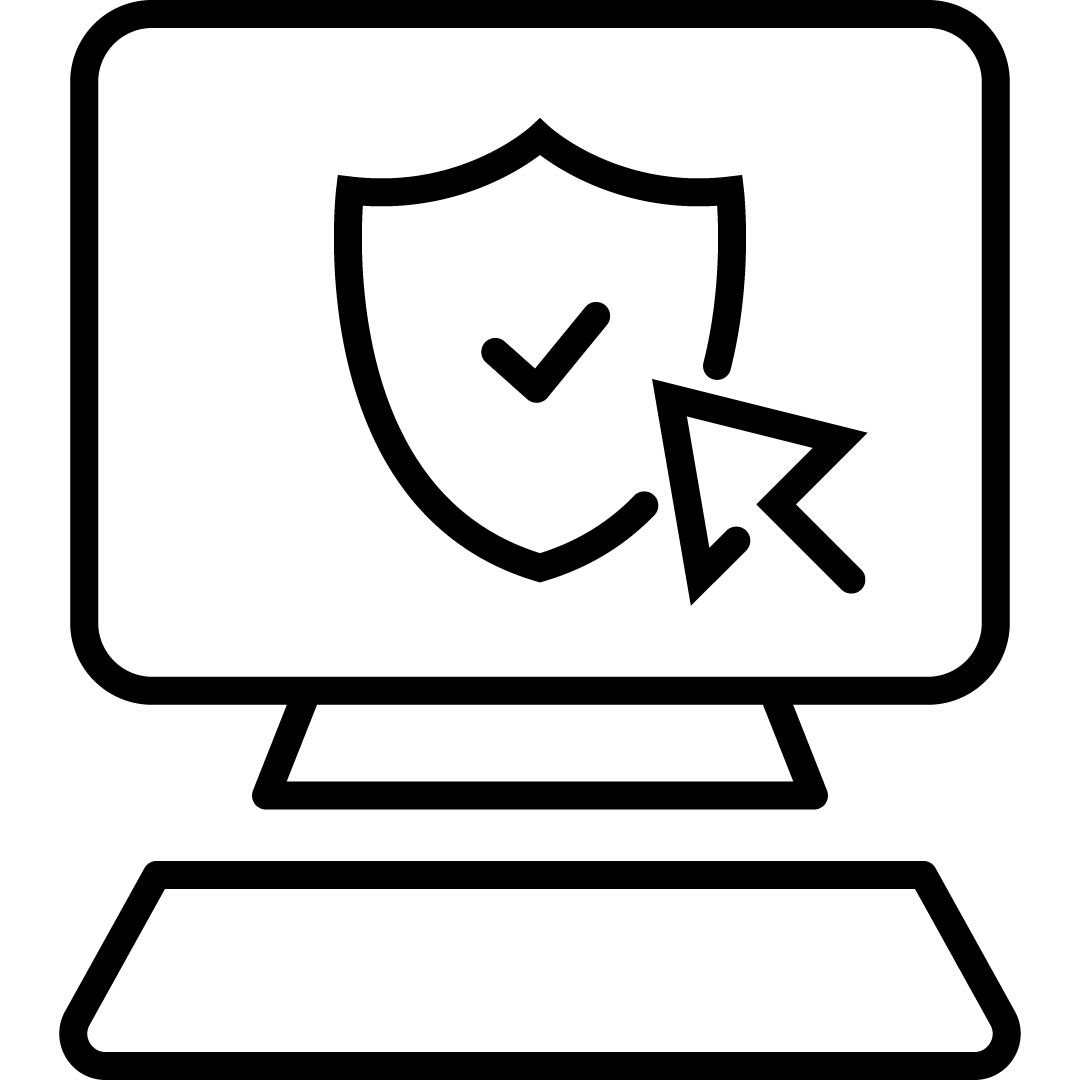The importance of cyber security is becoming increasingly recognised, and making sure that your strategy and processes are robust is crucial.
There were approximately 2.39 million instances of cyber crime in the UK in 2023.*
Our cyber security specialists support organisations across all sectors and industries to secure against security vulnerabilities with cyber security software, processes, prevention support, and cyber security information for employees and end-users.

Explore our cyber security products and services
The importance of cyber security
Cyber security is important for protecting your organisation’s critical information, including personal data, financial information, and confidential business details, against the damage caused by cyber attacks. Cyber attacks can be costly, damage your reputation, and have serious legal implications.
There are many types of cyber attack, some more common than others. In 2023:
Cyber security FAQs
Cyber security is a set of processes, best practices, and technology solutions that help protect your critical systems and network from digital attacks. As data has proliferated and more people work and connect from anywhere, bad actors have responded by developing sophisticated methods for gaining access to your resources and stealing data, sabotaging your business, or extorting money. Every year the number of attacks increases, and adversaries develop new methods of evading detection. An effective cyber security programme includes people, processes, and technology solutions that together reduce the risk of business disruption, financial loss, and reputational damage from an attack.
A cyber incident refers to any event that compromises the confidentiality, integrity, or availability of information systems or data. Threat actors can use a variety of methods to compromise your data, including phishing, ransomware, or malware.
Malware: malicious software that infects devices and networks, such as viruses, worms, spyware, and ransomware
Phishing: fraudulent emails or websites that trick users into revealing sensitive information or downloading malware
Man-in-the-Middle: unauthorised interception of communication or data between two parties
Denial-of-Service: overwhelming a system or network with traffic or requests to disrupt its normal functioning
SQL Injection: inserting malicious code into a database query to manipulate or access data
Zero-day Exploit: exploiting a previously unknown vulnerability in a software or system
Password Attack: cracking or stealing passwords to gain unauthorised access to accounts or systems
Cyber security is essential because it safeguards sensitive information from theft, disruption, or damage. As our reliance on technology grows, the risk of cyber threats increases, making it crucial to protect against malicious activities that can compromise your organisation.
Implementing an effective cyber security strategy takes time, but a cyber attack takes seconds.













































